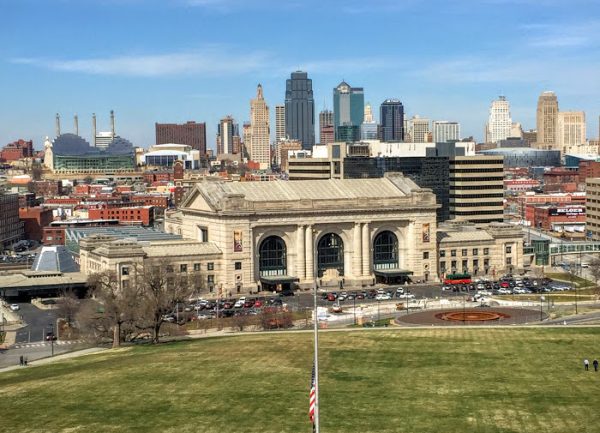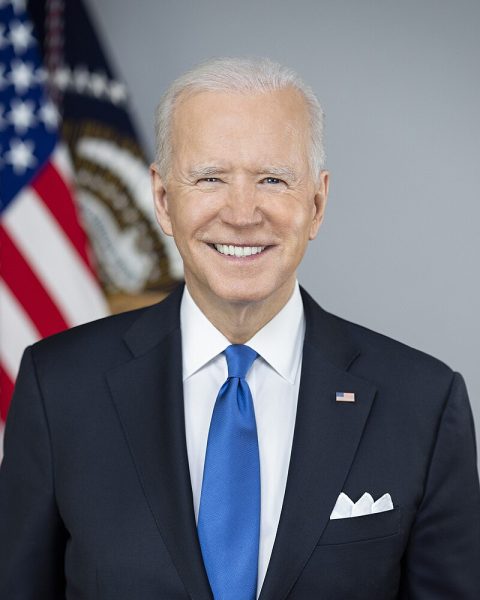Gang violence torments Puerto Rico
Over the last month, a rise in gang violence in Puerto Rico has been creating fear and chaos. Day or night, people are fearful and uncertain of what to do about the number of homicides that have occurred. Even authorities are stumbling with what to do next.
According to the Associated Press, in just the first two weeks of 2019, over 30 people were killed. The New York Times reported in January that “Puerto Rico’s murder rate is four times that of the mainland United States,” with about 20 murders per 100,000 people.
However, Hector Pesquera, Puerto Rico’s chief of police, has emphasized that the island’s murder rate dropped by 10 percent in 2018 compared to 2017, with 641 murders reported in 2018 and 710 in 2017, the New York Times reported.
Puerto Rico authorities believe that the devastating effects of Hurricane Maria have contributed to many homicides since the storm hit the island last September. Daniel Diaz, Director of Study Abroad and International Student Advisor at Guilford, also sees the damage caused by the hurricane as a factor in Puerto Rico’s problems with gang violence.
“Gang violence in Puerto Rico has been an ongoing issue for the island for some years; statistically, it has been worse in the past than it is this year, 2019, so far,” Diaz said. “Much of the violence is surrounding drugs and the recent violence, in my opinion, builds on that issue but also stems from the lagging effects of Hurricane Maria coupled with the continued downward spiral of the island’s finances.
“As the Puerto Rican government struggles to provide services to the community, more and more, people are looking to alternative options to provide for themselves and their families,” he said. “Unfortunately, these systemic and cyclical issues often increase violence as a related gang activity . . . . All of this, under a thin and poorly funded and educated police force, makes for a perfect storm with the results we are seeing.”
According to the New York Times, a change in Puerto Rico’s pension plan for police offices led thousands of them to quit in recent years.
Nonetheless, Diaz describes the situation in Puerto Rico as “a deeply complicated picture with no easy single explanation. There are many sides and issues in play, and to be fair, Puerto Rico largely remains a safe and stable country.”
Liz Torres Melendez, Immigrant Student Coordinator at Guilford, shares many of Diaz’ views about the recent violence in Puerto Rico.
“As far as the situation in Puerto Rico, I think this is systematic of the economic slump that Puerto Rico has been in for the past 10, 15, 20 years. I think this is what happens when governments fail their citizens. You get an abundance of sketchy people taking advantage of people in desperate need,” Torrez Melendez said.
Torres Melendez, a native of Puerto Rico whose parents still live on the island, also blames the Puerto Rican and U.S. governments for not acting in the best interests of Puerto Rico or its people.
“It’s unfortunate that the U.S. government has continued their policies of colonialism and not really invested in the Puerto Rican people at all. And it’s also systematic of a Puerto Rican government that caters to the United States instead of actually taking care of its citizens.
“So, a lot of government policies in Puerto Rico have been created to keep the ruling class ruling and to keep the island a haven for mainland Americans, as opposed to actually doing things to help the island,” Torres Melendez said.
Since Puerto Rico is a U.S. territory, the U.S. “ has a responsibility to provide greater support to the island,” Diaz said. What kind of support should be determined by Puerto Rico itself, whether the U.S. would provide help to stabilize the island’s electric grid or to strengthen its police force. More reliable electricity could impact gang violence through more efficient lights, camera and security systems, reducing “the incentive to be bad and not get caught,” Diaz said. Similarly, “the more supported and successful the police are, the stronger the incentive is for them to be policing and working to root out gangs and their activities.”
Raising Americans’ awareness of major issues in Puerto Rico and other neighboring countries is another important piece of solving problems that have global impact.
“This means that our news should reflect their circumstances more often, and should help us understand the causes of their situations,” Diaz said. “I believe that through this understanding, we may find that we have realistic solutions and options closer at hand than previously thought.”









Lee e parrilla • Mar 13, 2019 at 1:53 am
It’s all about jobs if people are working and making an income then you will see the gun violence go down the fact is that Puerto Rico does not produce anything to export of significance in the 40 and 50 Puerto Rico produced sugar cane pineapples and other produce as that dried up so began the gradual shift to more welfare and insurance Puerto Rico needs to produce jobs